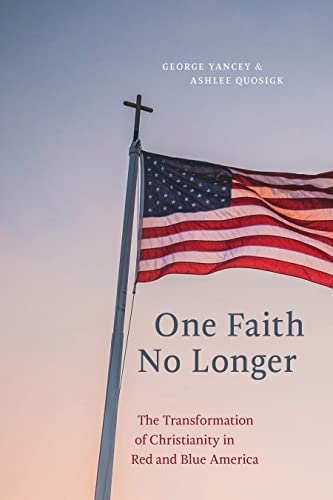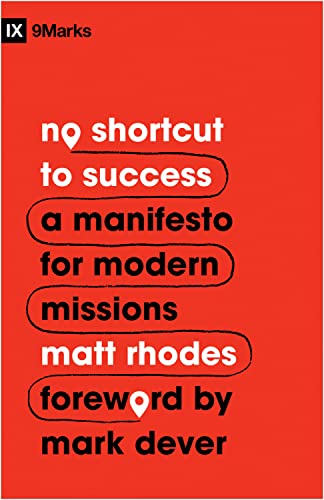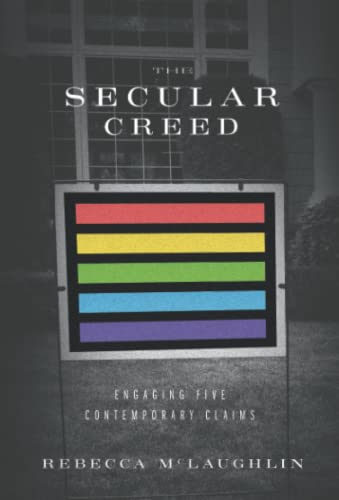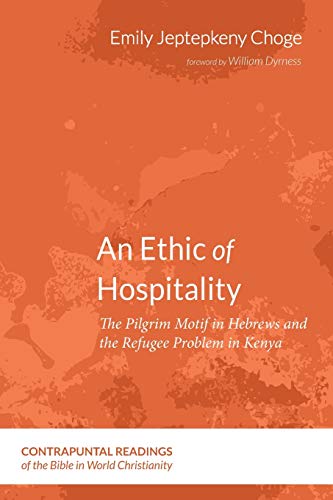The central premise of the Brazos Theological Commentary series is that “doctrine provides structure and cogency to scriptural interpretation” (p. xv). Its authors are guided by the Nicene tradition but have liberty in method and interpretive approach to write their commentaries (pp. xii–xiii). Peter Leithart (Theopolis Institute) traces the main themes in Chronicles, rather than explaining each verse. He focuses on the literary structures and stylistic features to draw out theology. His aim is to make Chronicles preachable (p. 7). So, in this review I will assess his commentary on this basis. In short, he is mostly successful.
The comments about Jabez (1 Chr 4:9–10) illustrate how this commentary could be helpful in preparation for preaching. Leithart highlights the reversal of Jabez’s origin: although he is “called” (קרא) Jabez (“pain”), God responds to his “calling” (קרא) out to him by blessing him with prosperity and more honor than his brothers (p. 19). Following Sara Japhet (I and II Chronicles [Louisville: Westminster John Knox, 1993], 109), Leithart notes that the phrase “in pain” alludes to Genesis 3:16; hence, Jabez is a child of Eve, “a child of the curse.” God’s hand is with him to deliver him “from the pain of primordial curse,” and the God who chose Abram for a “‘supernatural’ destiny hears the prayers of those who seek deliverance from ‘nature.’” Within the context of Chronicles, Leithart comments that Jabez provides a glimpse of Yahweh’s commitment to bring Israel to “an enlarged space” from the “pain” of its exilic birth. And Jabez is emblematic of the hope that the seed of David, despite being guilty of breaking faith, can be delivered to a place of blessing (p. 20). In the largest canonical context, Jabez stands for “Adamic humanity … born of pain” but “destined to become a new humanity in the last Adam.” As a preacher, my first question would be how the original audience in the post-exilic period would have understood these verses, which comprise one of a few vignettes that interrupt the opening genealogies (1 Chr 1–9). Leithart does not spell this out, but from what he has written, perhaps the original audience would identify with Jabez’s pain and would be encouraged to trust God. Perhaps first hearers had a concern for territorial expansion and would be encouraged to pray to Yahweh. Nonetheless, Leithart’s multi-directional inner-biblical links, although brief, provide paths for preachers to develop biblical-theological implications.
Other overarching themes in this commentary are helpful for a preacher. Fundamentally, Leithart views Chronicles as recapitulating the whole of Israel’s history, from Genesis (1 Chr 1–9) to the establishment of the monarchy (2 Chr 36; p. 4). Within this scheme the Chronicler’s genealogy resembles Genesis, the Philistine capture of Israelite land is a reverse exodus, David is a Moses figure, David’s speeches to Solomon parallels Moses’s to Joshua, the time of the divided kingdom as similar to that of the judges, Josiah’s death resembles Saul’s, and Cyrus surprisingly inherits David’s task rather than Josiah (pp. 4–6). Typologies are many in this commentary; a preacher will need to use judgement to determine which are convincing and would be helpful in a given sermon passage.
Leithart also provides some thought-provoking theological insights that would be at home in a sermon. He highlights his ecclesiological insights—structure and singing (pp. 6–7). Just as the Chronicler stresses the organizational features of God’s people in great detail (gathering, storage, accounting, distribution of temple gifts), so also the church should place emphasis on bureaucracy to maintain a vibrant church. The regular depiction of Israel in assembly affirms the public, institutional nature of the church. And what I found most striking was Leithart’s assertion that Chronicles is instructive about music in worship. “Music-making is a priestly activity. Song rises to God like the smoke of a sacrifice.… To sing, we rule our bodies and breath. To make musical instruments, we cut and trim trees…. Music turns creation into culture and cult” (p. 7; see also pp. 81–83). Since, according to Leithart, Chronicles describes who sings, and when and why, it can be instructive for church musicians. This insight opens up new paths for reading and applying Chronicles, but a preacher would also need to consider other OT texts (e.g., the Psalter) as well as NT texts related to music and singing (e.g., Eph 5:18–20; Col 3:16).
There are at least two aspects of the commentary I would not use in a sermon. First, much of the biblical structure, from one verse to several chapters, is presented as a chiasm. Chiasms can be found almost on every third page. Not only are they plentiful, some are unusual; to give one example of several (2 Chr 23:23–28; p. 236):
A Tell Josiah (v. 23)
B I bring evil and curses (v. 24)
C They have forsaken me (v. 25a)
D My wrath will be poured out (v. 25b)
A’ To the king of Judah (v. 26)
C’ Because you heard and humbled yourself, I will gather you (v. 27)
B’ You will not see evil (v. 28)
I’m partial to chiasms as a Hebrew structuring device, but I wonder if such an asymmetrical structure was intended by the author and could have been identified by an audience. Second, Leithart uses a few gematria to make exegetical points. For example, the total number of Levites is 862, the gematria of תבנית, the Hebrew word for “pattern” in reference to the tabernacle and temple; hence, the priests form the pattern for the temple and David “forms a human temple of living stones” (p. 53). Such a connection seems extremely tenuous; I would not be confident to use such a reading in a sermon.
Despite these minor drawbacks, this commentary contains enough distinctive theological insights to be worth consulting for sermon preparation. It meets Leithart’s stated aim. It also meets the aim of the series, to focus on the doctrinal issues found in or deriving from the biblical text. It is not a technical commentary and there is minimal interaction with scholarly literature, so those performing a more academic study of Chronicles will need to supplement their reading.
Peter H. W. Lau
Peter H. W. Lau
Equip Gospel Ministries
Selangor, Malaysia
Other Articles in this Issue
In the book of Kings, Elisha is the Spirit-empowered man of God who walks with God, represents God, and shows the way to covenant faithfulness through word and deed...
Baptists provide an excellent window into the American identity during the antebellum period...
This article explores Colossians, a letter in which Paul says a considerable amount about work...
This article offers a reading of Nicholas Wolterstorff’s objections to the doctrine of divine simplicity, which has seen a kind of rebirth amongst both Catholic and Protestant theologians in recent decades...
The Targums were not translations for the Aramaic-speaking masses who were ignorant of Hebrew...







